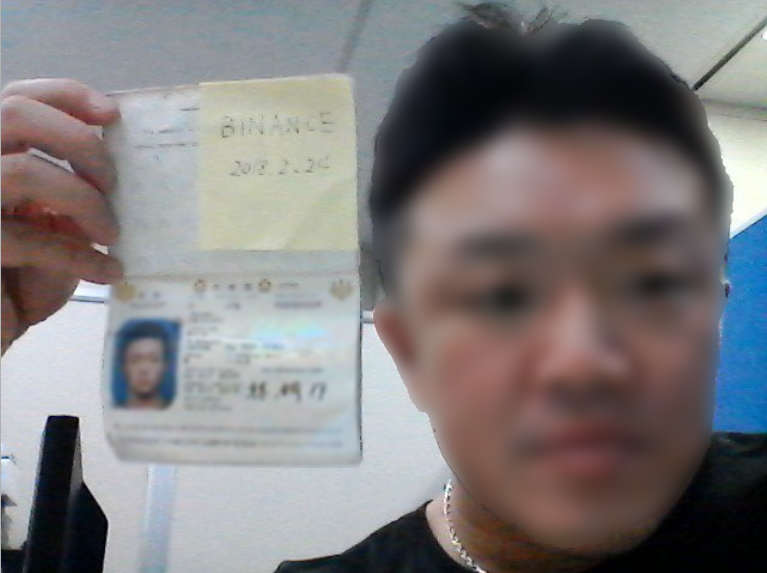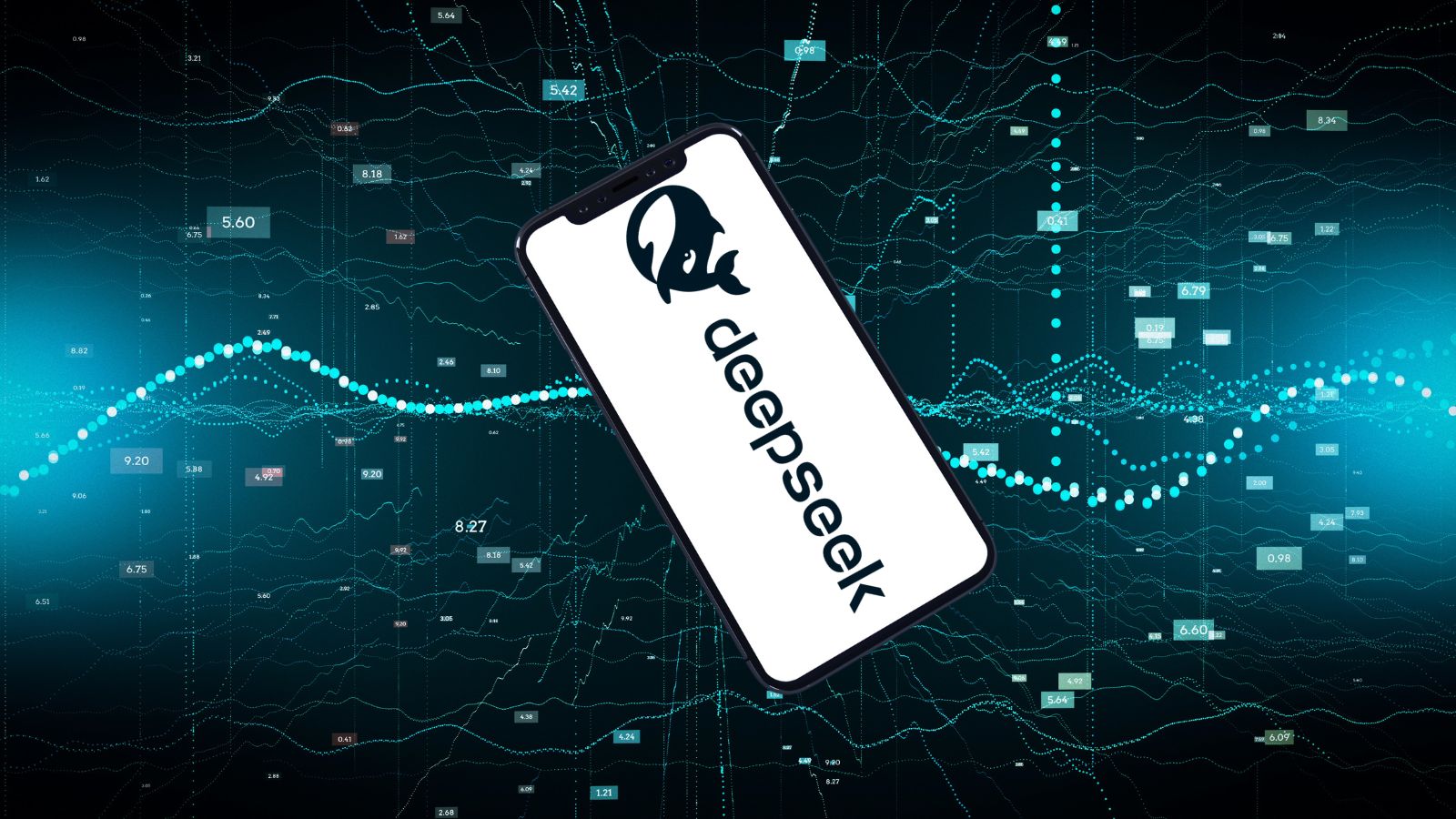
Binance Facing a $3.5 Million Blackmailer Who Makes Bold Claims
- An extortionist wants 300 Bitcoin from Binance, otherwise, 10000 user images will get published.
- Binance tells community it’s probably a FUD, and they are investigating the claims and analyze the images.
- There’s a Telegram group that has shared 400 of these images as a proof sample, but its authenticity is being investigated.
An extortionist is demanding a payment of 300 Bitcoin ($3.5 million) from Binance, claiming to hold information of 10000 of the platform’s users, and threatening to make that information public. The data includes photos of people who are holding identification papers such as government-issued IDs or passports, so it looks similar to what Binance’s KYC (Know Your Customer) database would have. However, and despite the blackmailer’s claims that he has hacked into Binance’s KYC, the people behind the world’s largest cryptocurrency exchange platform have not found any evidence of compromise of their systems, so they are currently investigating.
Don't fall into the "KYC leak" FUD. We are investigating, will update shortly.
— CZ 🔶 BNB (@cz_binance) August 7, 2019
Binance has revealed that all of the 10000 photos date to February 2018, and at that time, they had contracted a third-party vendor to help them with the KYC verification. This could be a random coincidence or a leak through that vendor, but Binance cannot give a definitive answer yet. For now, they have decided not to pay anything to the extortionist, but go against him instead. What they did was to inform the authorities immediately, so they are after the identity of the blackmailer and aim to take legal action when they can.
The platform is even offering a reward of up to 25 Bitcoin (the equivalent of $296k) to anyone who can provide any information about who the blackmailer is. In the same time, Binance assures its users that protecting their identity remains their utmost priority and that they will continue to be very transparent on this or any other similar incident. That said, they are not avoiding to pay the admittedly large amount, nor have they valued the identity of each of their users to accede to less than $350 per item.
Source: twitter.com / Image blurred by TechNadu
Still, many Binance users are hugely disappointed by this news, as there’s a Telegram group that has attracted 10000 members, and which shares a sample of 400 of the images that are supposedly a product of the KYC hack. The sample shows people from around the globe to imply that the hacker really has a galore of legitimate data in his/her hands. While this makes it look like the incident is real and not a FUD occurrence as the Binance CEO would want the community to believe, these 400 images could be fake. Even if the hack really happened, Binance is doing the right thing by not paying the extortionist, as that wouldn’t guarantee that the data stays safe anyway.
Do you agree with Binance stance, or do you think they should have already paid the blackmailer? Let us know where you stand in the comments down below, or join the discussion on our socials, on Facebook and Twitter.











